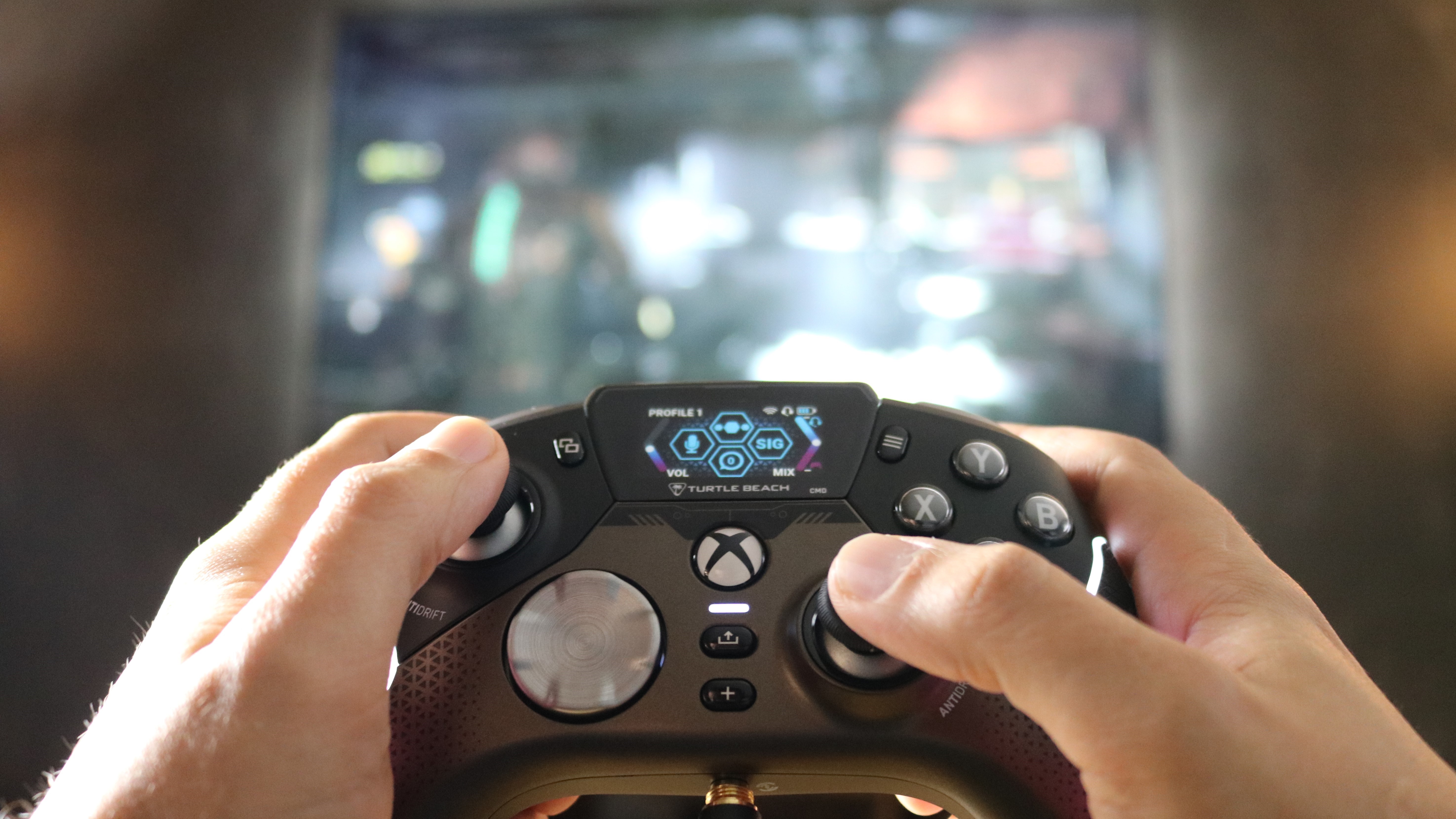
The standard controllers that ship with the Xbox Series X and PS5 get the job done and for most gamers, they’re more than good enough. However, if you want extra buttons and additional customizability, a pro controller is what you’re after.
Back in 2015, Microsoft kicked off the pro controller revolution with the release of the Xbox Elite Wireless Controller which launched alongside Halo 5. At the time, this $150 controller set the standard for pro controllers with its reprogrammable rear paddles, swappable thumbsticks and premium build quality. Microsoft then outdid itself with the Elite Wireless Controller Series 2 and since its release in 2019, we’ve seen a number of different first and third-party pro controllers.
Each one tried to do things a bit differently by rearranging the layout of their rear buttons or by adding new features you just couldn’t get with the Elite Series 2. Last year though, Microsoft seriously undercut the competition by launching its Elite Series 2 Core controller which left out a few accessories and a carrying case to shave $50 off the Elite Series 2’s price.
On Xbox at least, third-party pro controllers have always had one thing holding them back: they couldn’t connect to Microsoft’s console wirelessly. If you’re wondering why, it’s because of the company’s “Xbox Wireless” proprietary protocol. While the PS5’s DualSense controller uses Bluetooth to connect to Sony’s console, only first-party Microsoft controllers can use Xbox Wireless to connect to its consoles.
I thought the day would never come but there’s now a third-party pro controller for the Xbox Series X/S that can connect to Microsoft’s consoles wirelessly and after trying it, I seriously think the Elite Series 2 finally has some competition on its hands.
Kicking off the next generation of pro controllers
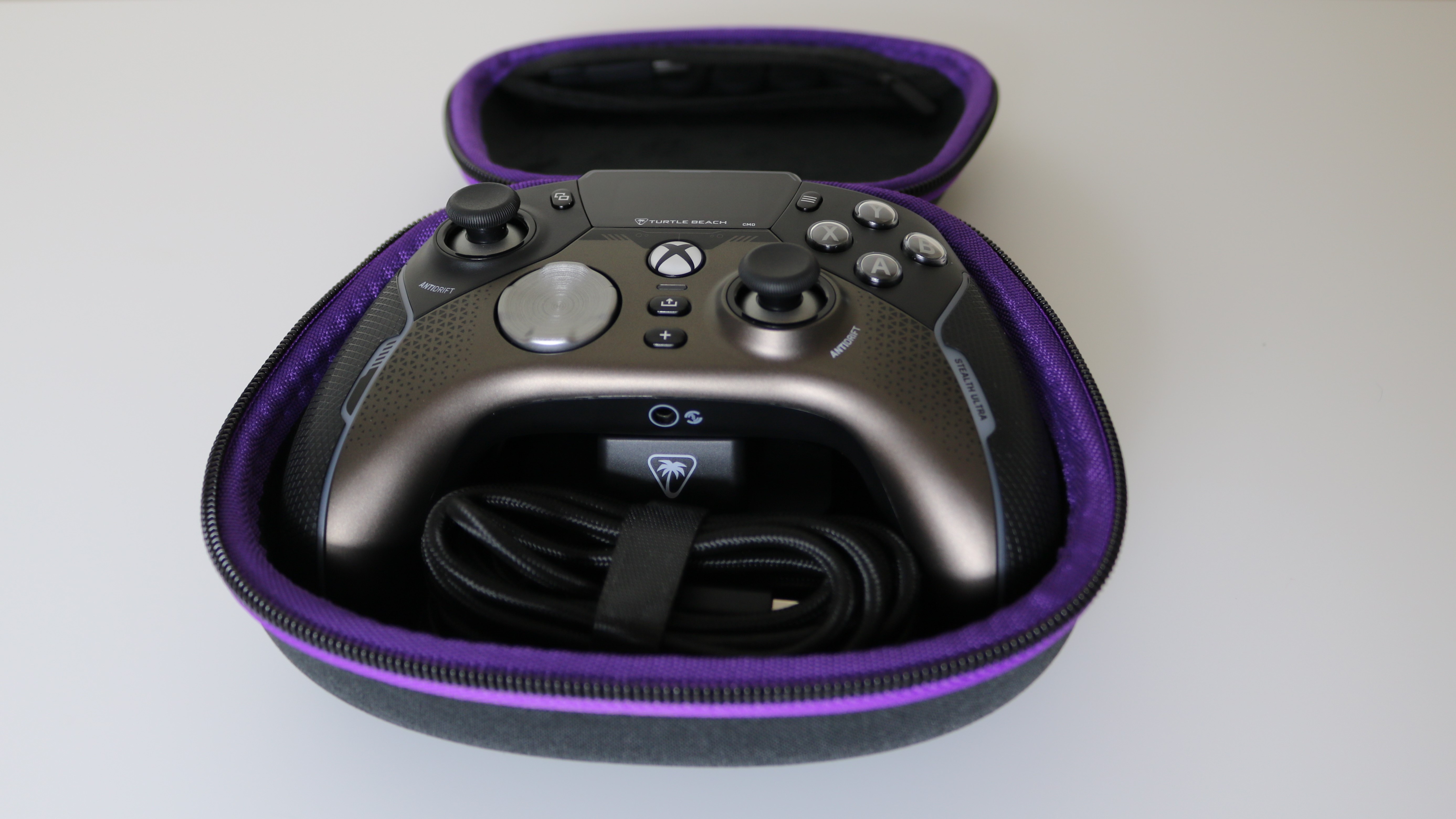
At first glance, Turtle Beach’s new Stealth Ultra controller appears to be following in the footsteps of the Elite Series 2. It comes with a carrying case with a magnetic charging dock on the bottom and there’s a pocket to store the two sets of swappable thumb caps. Just like the Elite Series 2’s case, there’s a hole at the back that lets you charge the Turtle Beach Stealth Ultra via USB-C while it’s in the case. The magnetic charging dock also has a USB port on its right side so that you can plug in the included 2.4 GHz adapter.
When I first took the Stealth Ultra out of its case, I immediately noticed that it feels a lot lighter in the hand than the Elite Series 2. This is because it weighs 100 grams less at 246 grams versus the Elite Series 2’s 345 grams. The Stealth Ultra also has a soft touch finish on its grips whereas Microsoft’s pro controller has wrap-around, rubberized grips.
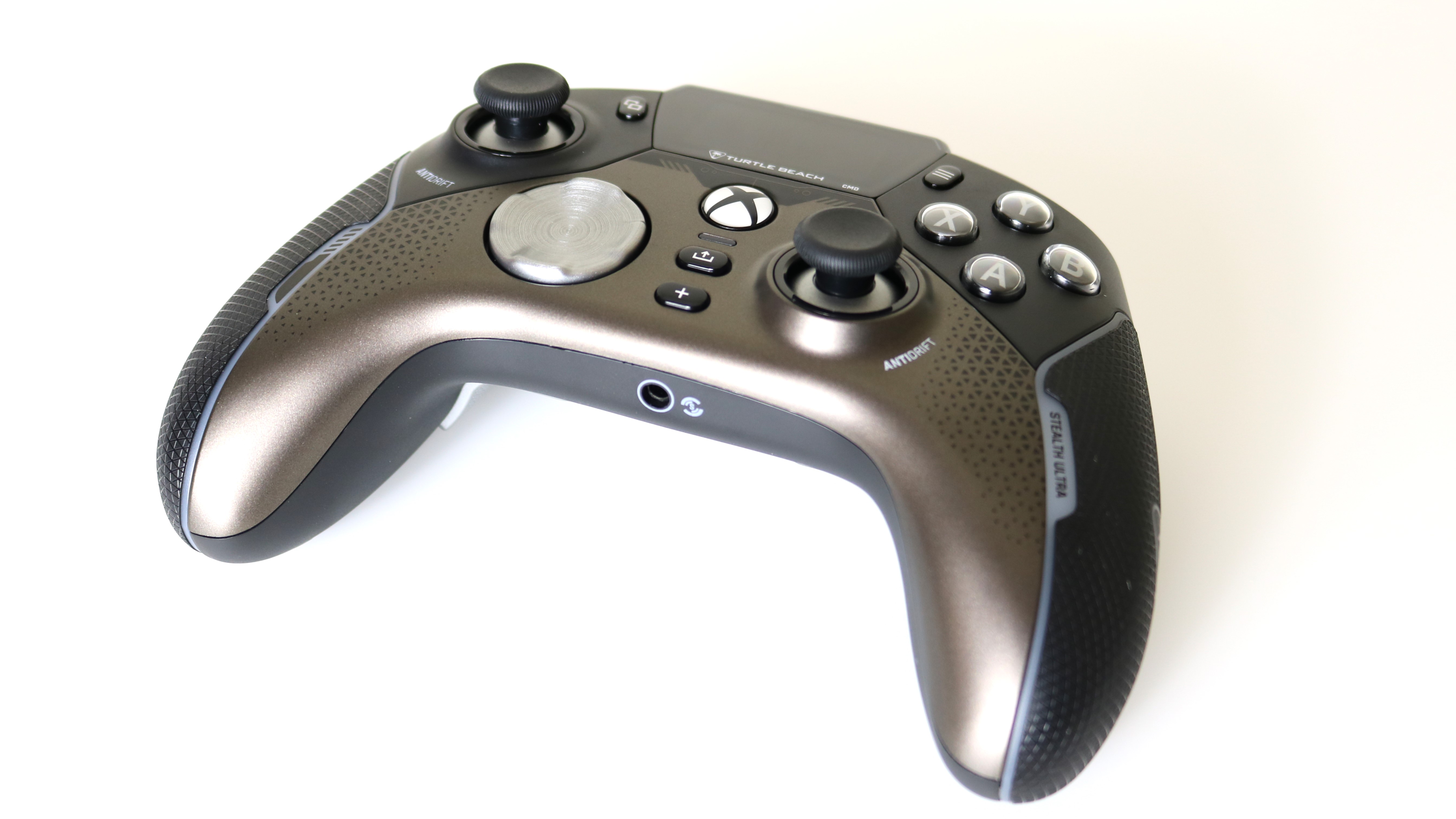
The thumbsticks and buttons are another area where Turtle Beach has given the Stealth Ultra a big advantage over other pro controllers. For starters, this controller uses Hall Effect sensors in its thumbsticks. Unlike the potentiometers used in other thumbsticks that wear down over time leading to stick drift, Hall Effect sensors use magnets instead to prevent drifting.
Turtle Beach is also using microswitches like those found on the best mechanical keyboards for most of the buttons on the Stealth Ultra. They have shorter travel than the capacitive buttons on the Elite Series 2 and provide a satisfying click when pressed. These microswitches are also rated for 5 million clicks and are used in the Stealth Ultra’s face buttons (ABXY), D-Pad, bumpers and on the four reprogrammable buttons on the back of the controller.

After unboxing the Stealth Ultra, I placed it on its magnetic charging dock and the RGB lighting that runs around its grips immediately lit up. These lights glow orange while the controller is charging and turn green once it’s fully charged. At the same time, you can also fully customize them using Turtle Beach’s Control Center 2 app for Xbox, Windows, Android or iOS. While some controllers with built-in RGB lighting only allow you to customize them via an app, the Stealth Ultra has one more trick up its sleeve that we’ve yet to see executed this well on a pro controller before.
A built-in screen for quick customizations on the fly
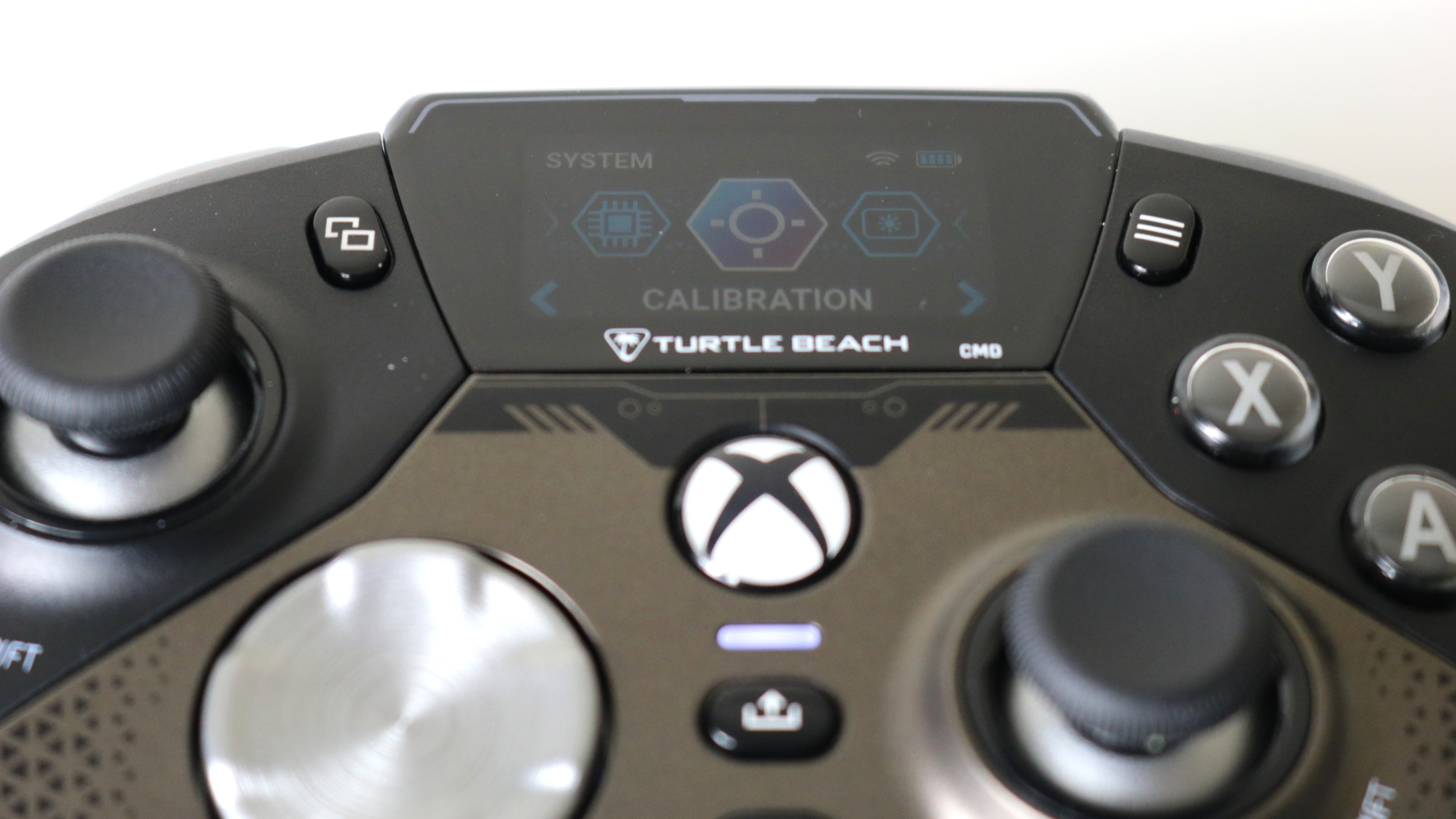
Turtle Beach’s Stealth Ultra controller isn’t the first controller with a screen as that credit goes to the ROG Rakiri Pro from Asus which has a monochromatic OLED screen. However, its functionality pales in comparison to the one on this controller since it can only be used to switch profiles, view status indicators and show off customizable animations. The Flydigi Apex 3 Elite is another recent pro controller with a screen but its user interface and functionality can’t match that of the Stealth Ultra.
By pressing the plus button underneath the screenshot button — something the Elite Series 2 forgoes for a profile switching button — you can bring up the Stealth Ultra’s dashboard. While I plan on going into this in far more detail in my full review, you can completely configure Turtle Beach’s controller to your liking. From changing its RGB lights to adjusting dead zones and vibration levels, there’s quite a lot you can do on this 1.5-inch full color LCD display. It even lets you read messages from your phone when paired with the Control Center 2 app.
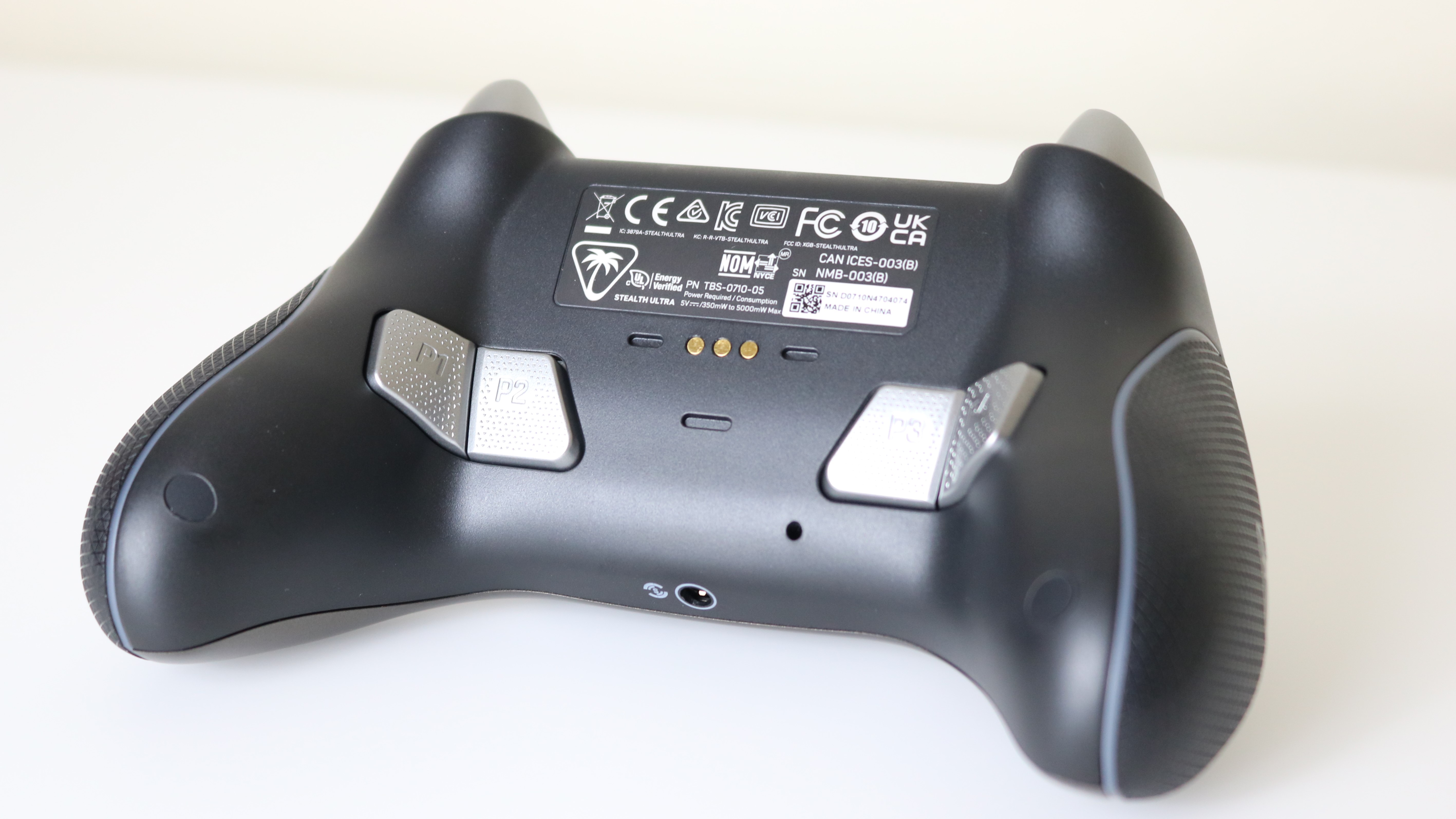
For instance, say you want to quickly reprogram the four back buttons on the Stealth Ultra, you can remap them to the controller’s face buttons, bumpers and more as well as turn on Turtle Beach’s Pro-Aim feature. If you frequently switch between the best Xbox games, it only takes a few seconds to remap them based on the game you’re currently playing.
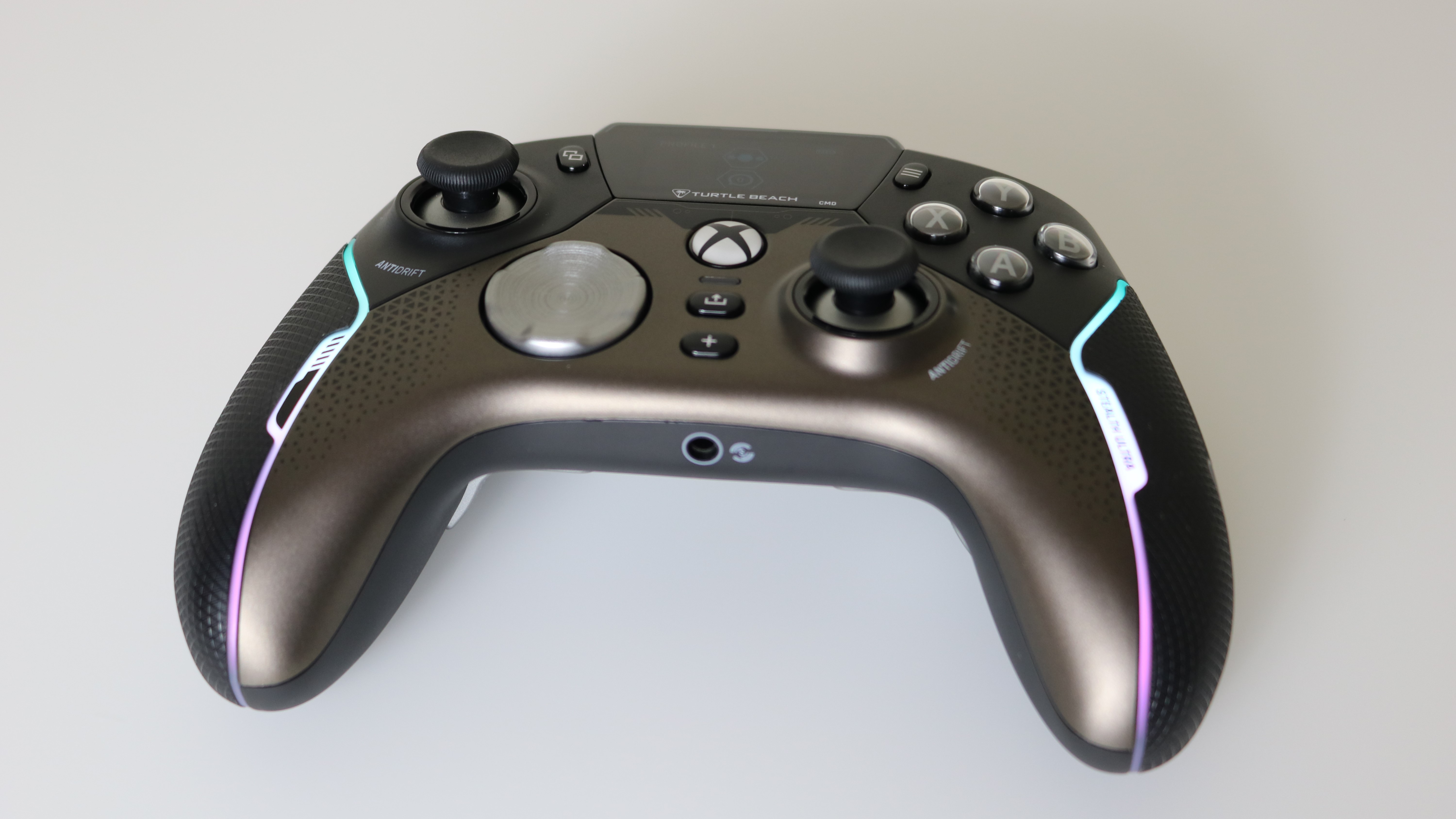
This screen is also used to control the RGB lights on the Stealth Ultra’s grips and while you can pick any color you want, there are also a few preset color combinations to choose from. Likewise, you can also use the screen to turn them off entirely or to pick between several effects like static, breathing and more.
First-party pro controllers have some catching up to do
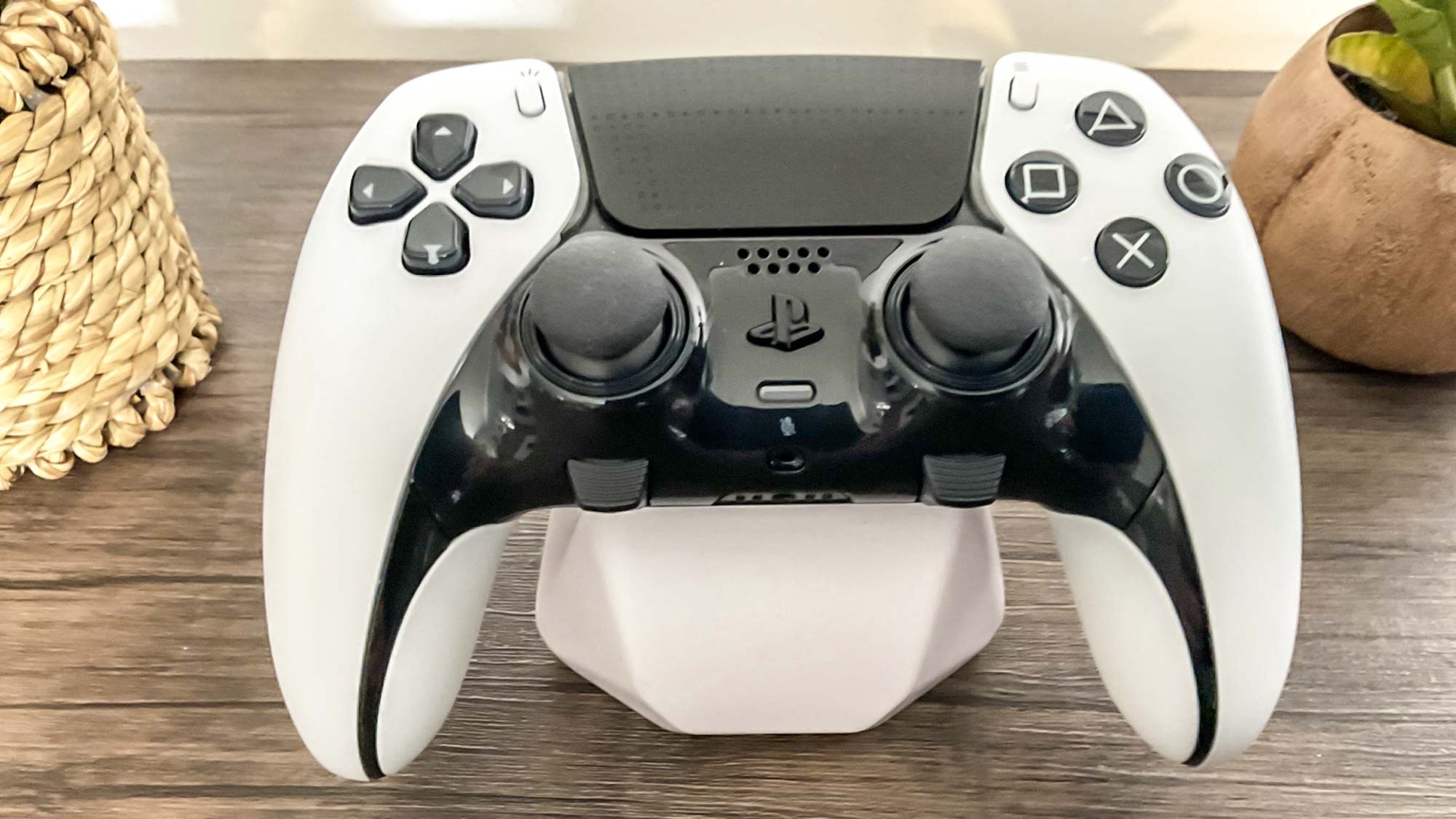
I may have begun this piece by calling out the Elite Series 2 but since it was first released back in 2019, the omission of Hall Effect sensors or mechanical buttons can easily be overlooked. The same can’t be said for the DualSense Edge though. The PS5’s first-party pro controller also doesn’t have Hall Effect sensors in its thumbsticks but Sony has come up with a clever way to get around stick drift. With the DualSense Edge, the thumbsticks are actually replaceable but a single replacement stick module will set you back $20. However, it only has two remappable back paddles while the Elite Series 2 has four as do most other pro controllers these days.
The Stealth Ultra is on the expensive side at $199 but that’s the same price as the DualSense Edge and just $20 more than what the Elite Series 2 costs. However, thanks to the inclusion of Hall Effect sensors and mechanical buttons rated for millions of clicks, it’s a controller you will likely be able to reliably use for years to come. I still need to put it through more testing though but based on what I’ve seen so far, I’m impressed.







